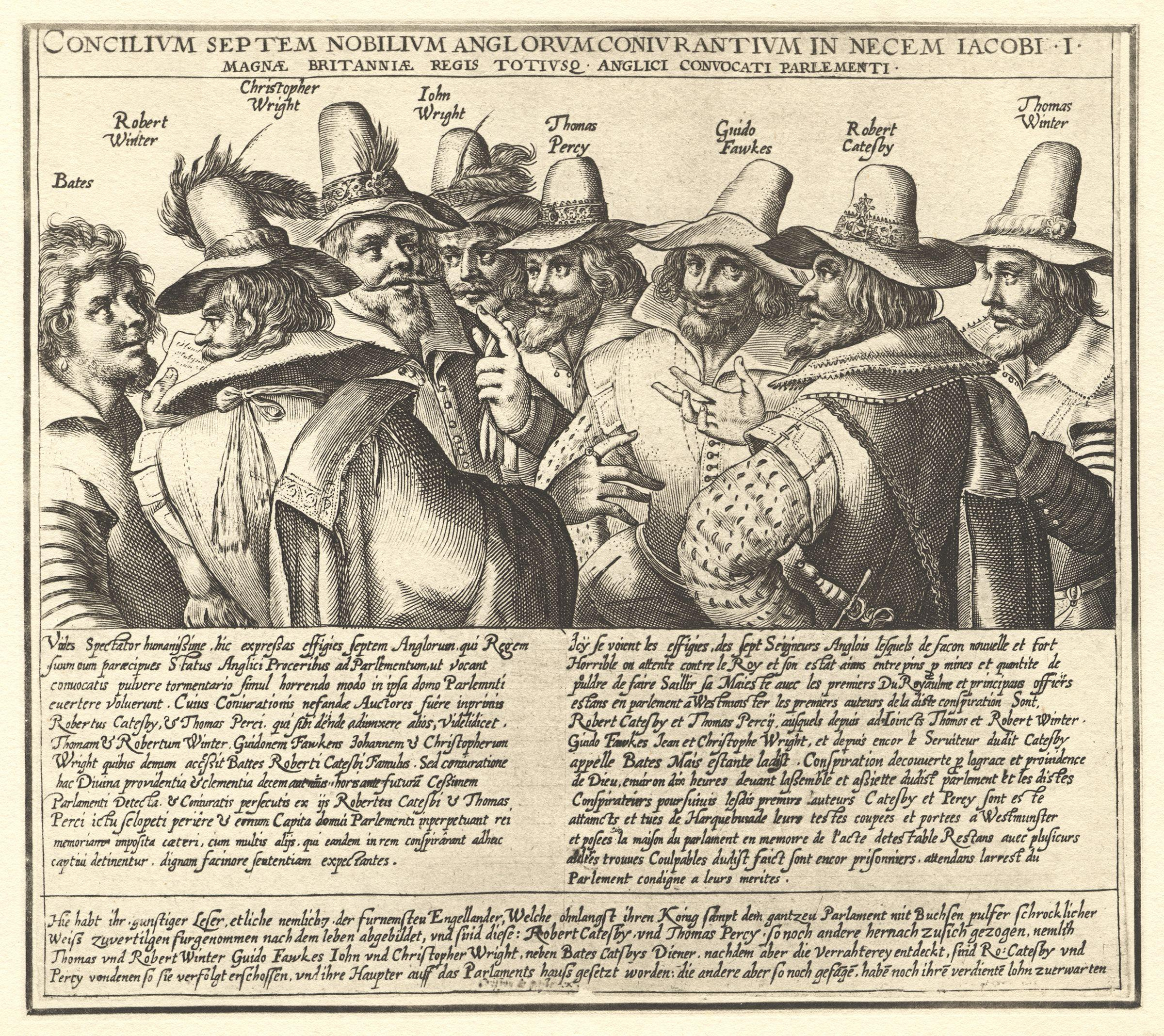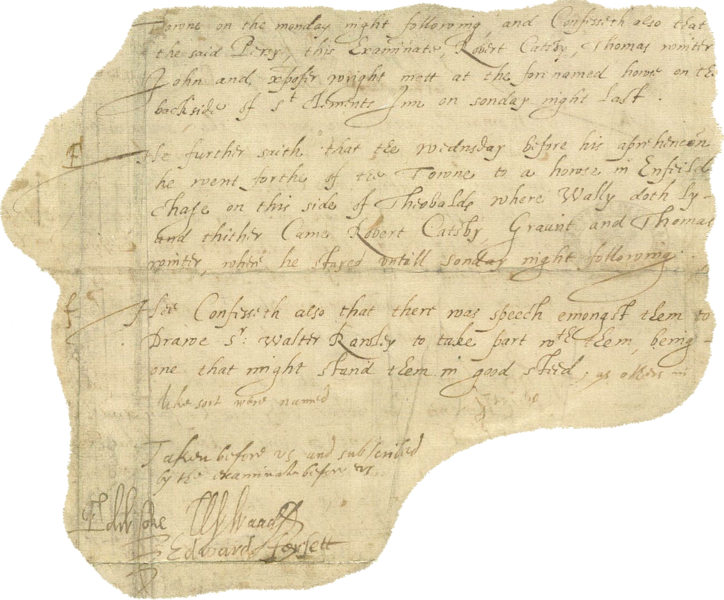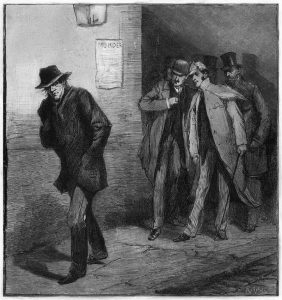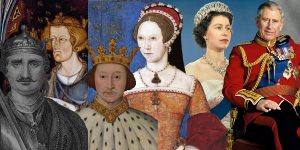
Guy Fawkes (13 April 1570 – 31 January 1606) is most famous for the part he played in the Gunpowder plot of 1605. Before that time, Guy Fawkes was also know as Guido Fawkes whilst fighting for the Spanish in the Eighty Years’ War.
Guy converted to Catholicism and it is thought he left England in 1593/94. He traveled to Spain via Flanders to seek support for a Catholic rebellion in England. During his travels he met Thomas Wintour and they both returned to England.
When he returned, it is claimed that Guy Fawkes and his co-conspirators; Robert Catesby, Thomas Percy, John Wright and Thomas Wintour, met and hatched their plan in a London tavern named the Duck & Drake.
The Gunpowder Plot
The Gun Powder Plot was a failed assassination attempt against King James I led by Robert Catesby who headed a group of provincial English Catholics. After decades of persecution against Catholics, their aim was to restore the Catholic monarchy to England.
They planned to blow up the House of Lords during the State Opening of Parliament on 5 November 1605. Knowing full well the King would be in attendance that day.
Plans for assassination began back in March 1605 when plotters purchased the lease to the undercroft (a cellar or storage room), located under the House of Lords owned by John Whynniard. Barrels of gunpowder were then brought in disguised as piles of billets and faggots.
On 4th November, the cellars of Parliament were searched after a number of letters were sent including the Monteagle Letter. The Lord Chamberlain, Thomas Howard, Earl of Suffolk led the search party. During their search, they found Fawkes and decided he was a “bad fellow”. Concerned about their findings, they reported him to James I.
The arrest
They searched the cellar again and it was during this second search that Fawkes was found again in the cellar. Fawkes was arrested on site however he gave his name as John Johnson. On him, the arresting party found slow matches and touchwood.
Fawkes was taken to the Tower of London to be imprisoned and interrogated. At the time, torture could only be authorised by the King or Privy Council. “The gentler tortours are to be first used unto him, et sic per gradus ad mia tenditur [and so by degrees proceeding to the worst], and so God speed your goode worke.” In other words, the tortures began ”lightly” and steadily got worse. It widely accepted that Guy Fawkes was ‘put to the rack’ which eventually ‘broke him’ and he gave up the names of the other conspirators.
Signature of Guy Fawkes on a confession, 1605

Transcription: Town on the Monday night following, and confesses also that the said Persy, this examinate, Robert Catsby, Thomas Winter John and Christopher Wright met at the forenamed house on the Backside of St Clement’s Inn on Sunday night last
He further saith that the Wednesday before his aprehension He went forthe of the Towne to a house in Enfield Chase on this side of Theobalds where Wally doth ly And thither came Robert Catsby, Graunt and Thomas Winter, where he stayed untill Sunday night following
He confesses also that there was speech amongst them to Draw Sir Walter Rawley to take part with them, being One that might stand them in good stead, as others in Like sort were named.
(faint) Guido Fawkes
Taken before us and subscribed By the examinate before us
Ed(war)d Coke
A S Waad (Wade)
Edward Forsett
On Friday, 31 January 1606, Fawkes, Thomas Wintour, Ambrose Rookwood and Robert Keyes were taken to the Old Palace Yard at Westminster. They were sentenced to be hanged, drawn and quartered. It is widely accepted that Fawkes, the last to suffer, saw what his fellow conspirators endured and ended his own life by breaking his own neck by jumping from ladder of the gallows.
Remember remember the 5th of the November
In the United Kingdom, Bonfire Night or Guy Fawkes Night is celebrated on the 5th November each year. This includes fireworks to symbolise the explosives Guy Fawkes never ignited and a bonfire on top of which is usually an effigy of Guy Fawkes.
Nursery rhyme to celebrate the Gunpowder Plot
Remember, remember, the 5th of November,
Gunpowder, treason and plot.
I see no reason
Why gunpowder treason
Should ever be forgot.
Guy Fawkes, Guy Fawkes, ’twas his intent
To blow up the King and the Parliament
Three score barrels of powder below
Poor old England to overthrow
By God’s providence he was catch’d
With a dark lantern and burning match
Holler boys, holler boys, let the bells ring
Holler boys, holler boys
God save the King!


